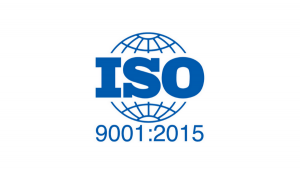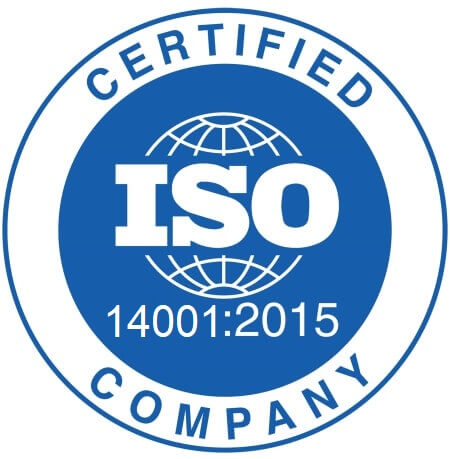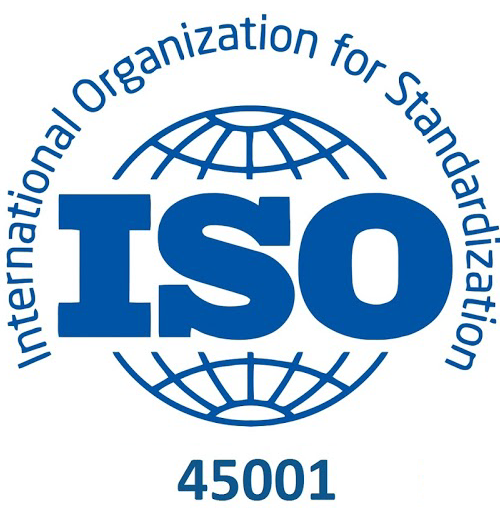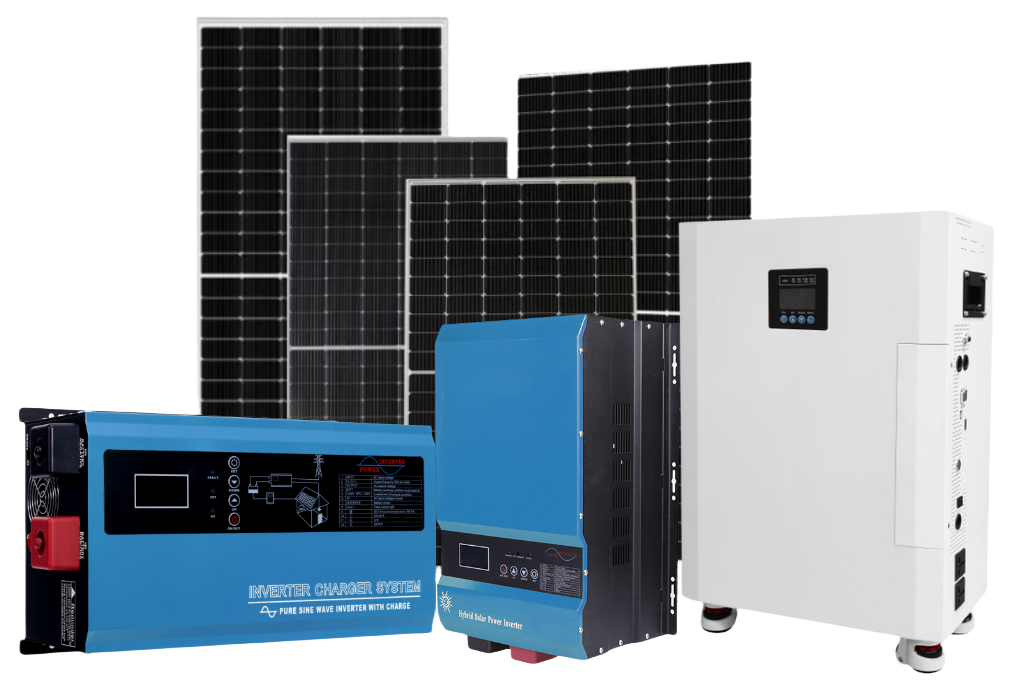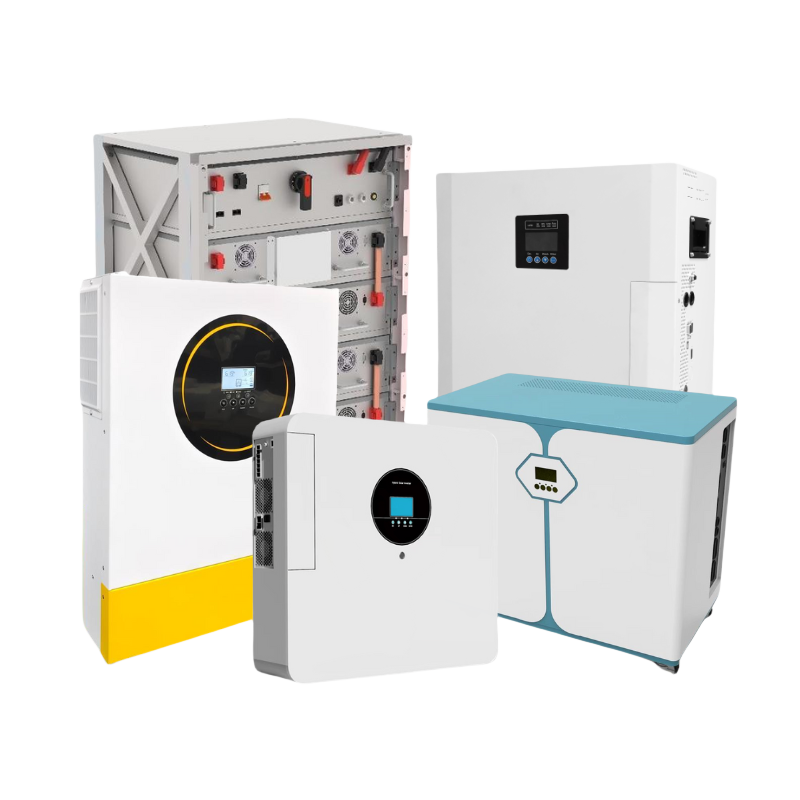Introduction
To test the quality of a lithium battery, begin with a visual inspection for swelling or leaks, then measure voltage using a multimeter (15–20V range). Conduct a load test to assess capacity and a performance test under real conditions. For deeper analysis, check internal resistance using a battery analyzer. These steps reveal health, capacity, and potential faults.
Always test lithium batteries before deployment—especially in solar systems. Use simple tools like a multimeter or advanced testers for internal resistance and capacity. Got a method that works for you? Share it below!
Part 1: Understanding What Defines Battery Quality
To accurately test a lithium battery, you first need to understand what “quality” means. A high-quality battery isn’t only about high capacity; it’s about safety, stability, and reliability across its entire lifespan. It should maintain consistent performance under various environmental and load conditions while minimizing energy loss and heat generation.
The combination of material purity, advanced cell design, and strict manufacturing control determines whether a battery can truly deliver what its specifications promise.
Several technical indicators define true battery quality:
Capacity retention: The ability to maintain rated capacity over hundreds or thousands of charge–discharge cycles. Excellent capacity retention ensures long-term usability and reduces replacement frequency.
Low internal resistance: Ensures efficient energy transfer and minimal heat buildup. Batteries with lower resistance perform better under heavy loads and maintain higher efficiency during both charging and discharging.
Voltage consistency: A stable discharge curve without sudden voltage drops signals balanced cells and precise electrolyte formulation, both critical for system stability and inverter performance.
Safety protection: Built-in safety features, such as overcharge, over-discharge, and short-circuit protection, demonstrate proper BMS design and prevent hazardous conditions.
Certifications and compliance: Verified through standards like UN38.3, IEC 62619, or UL 1973, proving the product has passed international reliability tests and can safely operate in solar systems or energy storage applications.
When these parameters align, the result is a battery that performs predictably, resists degradation, and operates safely within solar systems and energy storage applications.
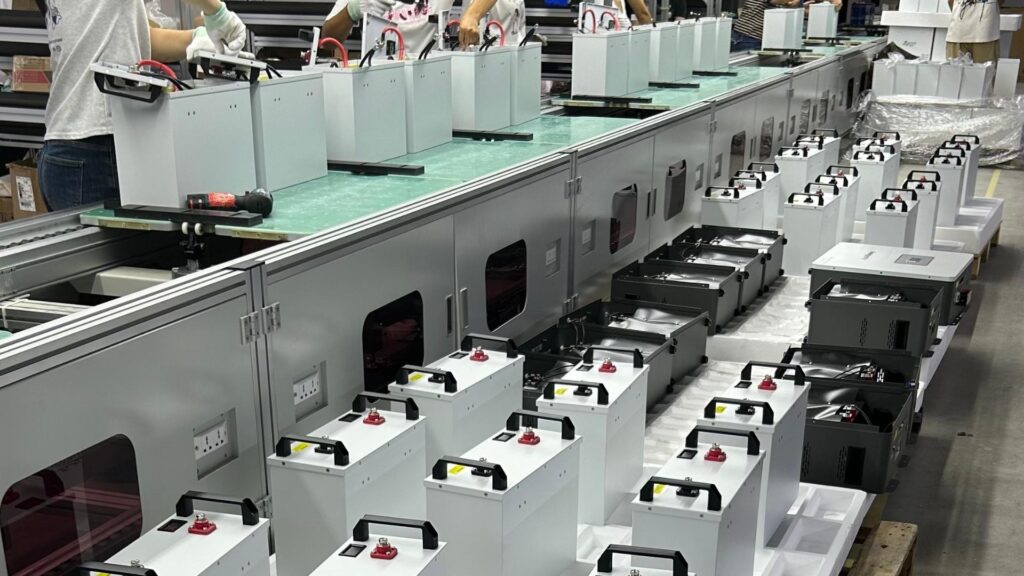
Part 2: Essential Testing Tools
For distributors or professional installers, having a complete and reliable testing toolkit is essential to verify battery performance before installation.
- Digital multimeter – for quick and accurate voltage checks to detect cell imbalance.
- Battery analyzer – for capacity, discharge rate, and cycle life testing under controlled conditions.
- Milliohm meter – to measure internal resistance precisely and identify early degradation.
- Thermal camera or temperature probe – to track heat buildup during load or charge cycles.
- BMS software or data logger – to monitor individual cell voltage, balance status, and communication performance.
Using these tools allows professionals to validate specifications, detect potential faults, and ensure every battery meets expected quality standards before deployment.
Part 3: Step-by-Step Methods to Test Lithium Battery Quality
1. Visual and Physical Inspection
A visual inspection is the simplest and most effective first step in identifying potential problems before advanced testing begins.
Examine the battery case carefully for swelling, leakage, corrosion, dents, or burn marks—these are clear signs of internal gas buildup, electrolyte leakage, or mechanical stress caused by poor sealing.
Next, inspect terminals, connectors, and weld points for oxidation, rust, or uneven seams. High-quality manufacturers typically use precision laser welding and durable metal components, ensuring smooth, uniform joints that maintain strong electrical conductivity over time.
Finally, verify the weight, labeling, and serial codes. A noticeably lighter battery may indicate reduced active materials, while unclear or missing certification marks could mean counterfeit or low-quality production.
These simple checks allow you to filter out unsafe or substandard batteries before performing deeper electrical tests.
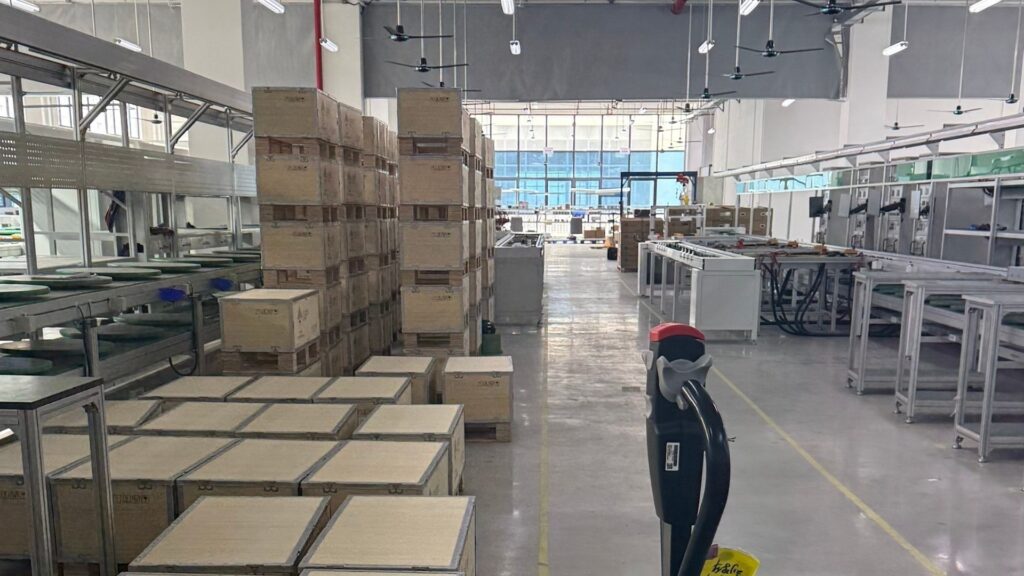
2. Voltage and Capacity Test
Once the battery passes the visual check, move on to electrical verification, which provides a clear picture of the battery’s actual performance.
Begin by using a digital multimeter to confirm the open-circuit voltage. For example, a 12.8V LiFePO₄ battery should read about 13.2–13.4V when fully charged. Any reading that falls noticeably below this range could indicate cell imbalance, deep discharge, or internal damage. Always test each unit individually rather than relying on pack-level readings.
Next, conduct a capacity test using a reliable battery analyzer or load tester. Fully charge the battery according to manufacturer specifications, discharge it at a constant rate (typically 0.2C to 0.5C), and record the total ampere-hours delivered until it reaches the cutoff voltage. Compare the measured capacity with the rated specification.
A high-quality battery typically delivers 95–100% of its rated capacity, while inferior batteries show early voltage drops, shorter discharge durations, or lower usable capacity—strong indicators of poor materials or inconsistent cell matching.
3. Measuring Internal Resistance
Internal resistance (IR) determines how easily energy flows inside the cell. The lower the IR, the higher the energy efficiency and the less heat produced during operation. Using a milliohm meter or AC resistance tester, measure the resistance accurately across both terminals under stable temperature conditions to avoid reading errors.
- For LiFePO₄ cells, the ideal range is below 10 milliohms, indicating excellent conductivity and minimal loss.
- For NMC or NCA cells, slightly higher values are acceptable but should remain uniform among all cells within the same battery pack to ensure consistent performance.
High internal resistance causes excessive heat generation, voltage drops under load, and premature capacity loss. When testing multiple batteries, consistent IR readings confirm strong cell matching and precise manufacturing control—a hallmark of dependable, high-quality production.
4. Cycle Life and Durability Test
Cycle life measures how many charge–discharge cycles a battery can complete before its capacity falls below 80% of the original rating, a key indicator of long-term performance and value.
While a full laboratory cycle test may take several months, installers and distributors can simulate smaller-scale evaluations by cycling the battery 50–100 times under normal load conditions and observing how much capacity it retains after repeated use. This provides a quick yet meaningful estimate of durability.
Typical benchmarks:
- LiFePO₄: 2,000–6,000 cycles depending on temperature and discharge depth.
- NMC/NCA: 800–2,000 cycles depending on current load and maintenance practices.
- LCO (lithium cobalt oxide): 500–1,000 cycles, often used in lighter applications.
A stable cycle curve that maintains consistent voltage and discharge patterns over time demonstrates high-quality materials, good electrolyte formulation, and strong manufacturing control—key traits of reliable suppliers.

5. Load and Discharge Performance
In real-world solar systems, batteries face variable and often unpredictable load conditions. To ensure reliability, conduct a load test by connecting the battery to a constant power load and carefully monitoring its voltage behavior throughout the discharge cycle. This test simulates how the battery performs under real operational stress.
A high-quality battery maintains voltage stability even at higher discharge rates (up to 1C or 2C) without showing a sharp voltage drop or performance fluctuation. If voltage collapses early, or the battery becomes excessively hot, it often indicates poor cell matching, low-quality materials, or insufficient electrolyte balance.
Monitoring temperature during this process is equally crucial. Rapid heating, uneven temperature rise, or localized hot spots typically signal elevated internal resistance or progressive cell degradation, which may shorten the battery’s life expectancy.
6. Temperature and Environmental Testing
Temperature has a significant impact on lithium battery performance and longevity. High temperatures accelerate internal chemical reactions, leading to gas generation, swelling, and faster aging, while low temperatures slow ion movement, reducing available capacity and increasing resistance.
Conduct the following checks carefully:
– High-temperature test (45–60°C): Observe for swelling, leakage, deformation, or noticeable capacity loss after several hours of exposure.
– Low-temperature discharge test (−20°C to 0°C): Measure remaining capacity, discharge voltage, and overall output power to evaluate cold-weather efficiency.
– Storage stability test: Keep the battery idle for at least 30 days and compare voltage retention to its initial reading.
Batteries built for solar or outdoor applications should exhibit excellent thermal stability, maintaining reliable performance in both tropical heat and cold-weather conditions.
7. Self-Discharge and Storage Retention
Even when not in use, lithium batteries gradually lose charge over time due to internal chemical reactions. High-quality lithium batteries typically have a self-discharge rate below 3% per month, while low-cost or poorly manufactured ones can lose over 10% in the same period, affecting their reliability.
To perform this test, fully charge the battery, store it in a stable room-temperature environment, and measure the voltage every 10 days. Consistent voltage levels indicate excellent sealing, high electrolyte purity, and minimal internal leakage.
This test is particularly crucial for solar installers or distributors who store backup batteries for extended periods, as excessive self-discharge can reduce available energy capacity and compromise system performance after deployment.

8. Battery Management System (BMS) Functionality
A well-designed Battery Management System (BMS) is essential for maintaining safety, optimizing performance, and extending the overall lifespan of a lithium battery. It continuously monitors voltage, temperature, and current to prevent damage caused by overcharging, over-discharging, short circuits, and cell imbalance.
Test the BMS by:
Monitoring cutoff behavior when voltage approaches upper or lower limits to confirm protection response.
Checking cell voltage differences during charging and discharging to ensure balance among cells.
Ensuring balancing current keeps all cells within a 0.05V difference, maintaining uniform performance.
A failing or poorly programmed BMS can cause uneven performance, capacity loss, or even thermal runaway. Always verify that the BMS design and protection parameters align with the specific voltage, capacity, and current requirements of your solar or storage application.
9. Safety and Certification Verification
Authentic certifications are a strong indicator that a lithium battery has undergone rigorous destructive, mechanical, and environmental safety tests to ensure compliance with international standards. These certifications confirm that the product can withstand vibration, impact, short-circuit, overcharge, and extreme temperature conditions without safety failures.
Key standards include:
– UN38.3: Mandatory for international transportation, verifying resistance to shock, vibration, and thermal stress.
– IEC 62619: Defines industrial lithium safety standards for stationary and energy storage applications.
– UL 1973 / UL 9540A: North American standards focusing on system-level safety and fire propagation prevention.
– CE & RoHS: Ensure compliance with European safety and environmental protection regulations.
Always request official test reports directly from suppliers. Reputable manufacturers provide documentation with batch numbers, lab details, and test conditions. If reports are vague, outdated, or inconsistent, treat it as a red flag—a lack of transparency often signals unreliable or noncompliant production.
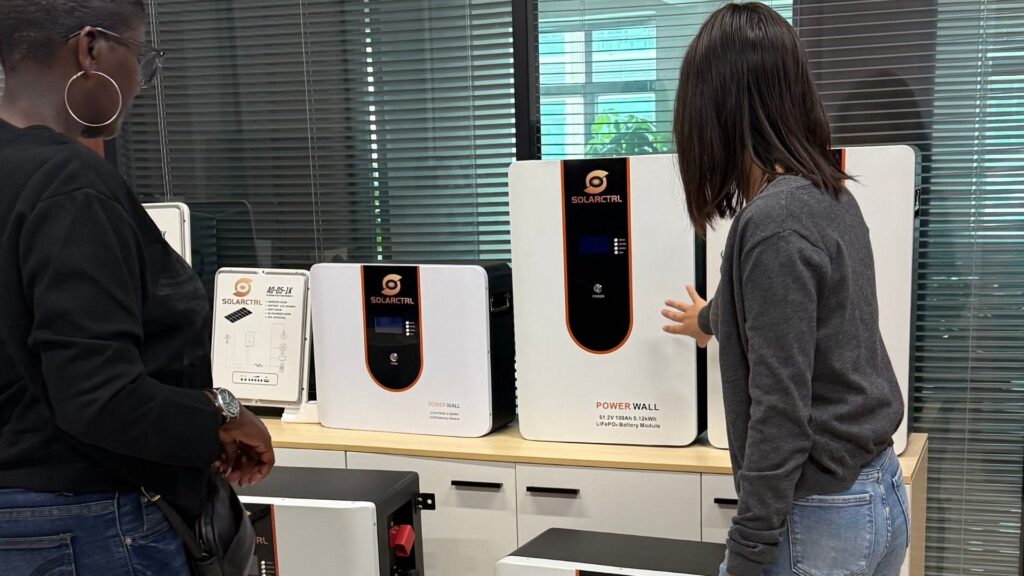
Conclusion
Testing the quality of a lithium battery involves more than checking voltage; it’s a complete evaluation of safety, performance, and durability. From simple inspections to advanced resistance and capacity tests, each step reveals how well the battery can support your solar or energy storage projects over the long term.
High-quality lithium batteries are defined by stable chemistry, precise engineering, and strict quality control. By following the testing methods above, you can confidently distinguish between reliable products and those that may cause premature system failures.
At SolarCtrl, every LiFePO₄ battery undergoes multi-stage testing, including capacity verification, internal resistance checks, and UN38.3/IEC 62619 compliance. We ensure that every unit delivered meets global performance and safety standards—helping installers and distributors reduce risk and deliver dependable solar power systems.
Looking for tested, certified, and high-performance lithium batteries?
Contact SolarCtrl today to get a detailed product test report or request a free technical consultation for your next solar project.
FAQs
1. What is the ideal internal resistance for a lithium battery?
The ideal internal resistance for a LiFePO₄ battery is less than 10 milliohms, while NMC/NCA batteries typically have slightly higher resistance but should remain consistent among all cells. Low resistance ensures efficient power flow and minimal heat generation.
2. Why is voltage consistency important for lithium batteries?
Voltage consistency ensures that a lithium battery performs reliably, providing stable power output. A stable voltage curve during discharge prevents sudden drops, indicating healthy cell balance and proper design, especially for critical systems like solar storage.
3. How long should a lithium battery last?
A high-quality lithium battery, especially LiFePO₄, can last between 2,000 to 6,000 cycles. Factors like temperature, load, and maintenance affect longevity, but regular testing can ensure it remains within acceptable degradation limits, ensuring long-term performance.
4. What are the risks of using low-quality lithium batteries?
Low-quality lithium batteries are prone to rapid capacity loss, overheating, and internal resistance increase, leading to shortened lifespan. They may also present safety risks like fire or explosion due to poor manufacturing processes and lack of proper BMS protection.
5. How can you identify a counterfeit lithium battery?
Counterfeit lithium batteries often lack proper certifications, such as UL 1973 or UN38.3. Additionally, they may show missing serial numbers, poor welding, or uneven seams. Visual inspection, lack of certification, and inconsistent performance are clear signs of counterfeits.
6. Why is BMS important for lithium batteries?
The Battery Management System (BMS) is crucial for protecting the battery against overcharge, over-discharge, short circuits, and balancing individual cells. A good BMS ensures the battery operates efficiently and safely, especially in solar energy storage systems.










